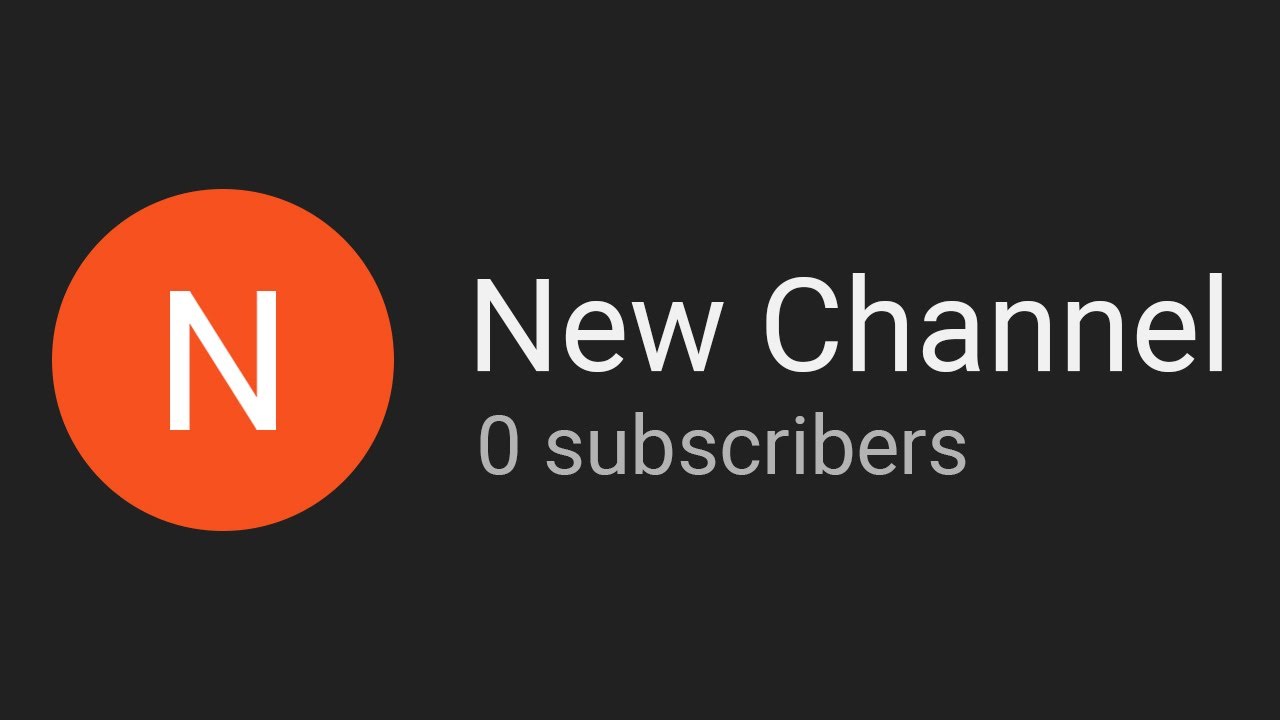The Exact Strategy I Used To Go From BROKE To $500,000 In 9 MONTHS | FX Carlos
Summary
TLDRThis video outlines a trader's journey from zero to over $500k in just nine months, attributing success to a unique supply and demand trading strategy. The presenter simplifies market movements, explaining supply zones as selling points and demand zones as buying points. They emphasize the importance of identifying gaps in the market, which always get filled, and using breaker structures to confirm market direction. The strategy is detailed with practical examples, and the video concludes with a teaser for a comprehensive course that promises to further increase win rates and accelerate financial success.
Takeaways
- 🚀 The speaker shares a personal success story, going from $0 to over $500k in 9 months using a specific trading strategy.
- 📈 The core strategy revolves around 'supply and demand trading', which the speaker claims to have refined into a life-changing method.
- 🌐 The speaker emphasizes the importance of identifying supply and demand zones on trading charts, which represent areas of significant market activity.
- 📊 Supply zones are characterized by strong selling pressure, indicated by large red candles, while demand zones show buying pressure with large green candles.
- 💹 The speaker discusses the significance of 'gaps' in the market, which are price levels that must be filled according to market rules.
- 📉 The concept of 'breaker structures' is introduced as a way to confirm market direction, indicating a potential change in trend.
- 📝 The speaker provides a practical guide on how to identify and utilize supply and demand zones, gaps, and breaker structures in trading decisions.
- 💼 A trading tool called 'Kill zones' is mentioned, which helps traders determine the optimal times to look for trading opportunities.
- 🏆 The speaker claims that by applying this strategy with a high risk-to-reward ratio, it's possible to achieve significant financial success, as evidenced by their own experience.
- 🔗 For further insights and to increase win rates, the speaker suggests joining their course and participating in live trading sessions.
Q & A
What is the main strategy discussed in the video?
-The main strategy discussed in the video is supply and demand trading, which the speaker claims to have used to go from $0 to over 500k in just 9 months.
How does the speaker define supply and demand zones in the context of trading?
-In the context of trading, supply zones are areas where there are sales and demand zones are areas where there are buys. The speaker simplifies it by stating that supply is another word for sells and demand is another word for buys.
What is the significance of a 'demand push' or 'supply push' in the strategy?
-A 'demand push' or 'supply push' signifies a large amount of liquidity being pumped into the market by banks and liquidity providers, which often results in a significant price movement in the direction of the push.
How does the speaker identify gaps in the market?
-Gaps in the market are identified when the wicks of consecutive candles do not touch each other. The speaker emphasizes that these gaps must be filled at some point, and this can be used as a trading signal.
What is a breaker structure, and why is it important in the strategy?
-A breaker structure is a pattern that indicates a potential change in market direction. It is important because it provides confirmation of the market's intended direction, which helps in making more informed trading decisions.
What is the significance of the 'kill zones' indicator mentioned in the video?
-The 'kill zones' indicator is used to identify the optimal trading times, specifically the New York session according to the speaker. It helps to filter out trades and focus on the most active and potentially profitable trading times.
How does the speaker suggest determining the size of the risk and reward for a trade?
-The speaker suggests using a minimum risk-to-reward ratio of 1:3, meaning for every dollar risked, the potential reward should be three dollars. This high-risk, high-reward strategy is intended to ensure that even with losses, the trader can still be profitable in the long run.
What does the speaker mean by 'building a story' before entering a trade?
-By 'building a story,' the speaker means gathering multiple confluences or indicators that support a trade setup. This could include supply and demand zones, gaps, breaker structures, and other technical analysis tools to increase the confidence in the trade.
Why does the speaker recommend trading during the New York session?
-The speaker recommends trading during the New York session because it is considered the most active and liquid session, which can lead to more reliable trading signals and potentially higher profits.
What additional tools or strategies does the speaker mention are available to course members?
-The speaker mentions that there are additional tools and strategies that can increase the win rate and help traders reach their goals faster, but these are reserved for course members and not disclosed in the video.
Outlines

This section is available to paid users only. Please upgrade to access this part.
Upgrade NowMindmap

This section is available to paid users only. Please upgrade to access this part.
Upgrade NowKeywords

This section is available to paid users only. Please upgrade to access this part.
Upgrade NowHighlights

This section is available to paid users only. Please upgrade to access this part.
Upgrade NowTranscripts

This section is available to paid users only. Please upgrade to access this part.
Upgrade NowBrowse More Related Video

How To Make Your First $10,000 Trading Forex

Best Risk Management Strategy to Make Millions with Trading

How To Grow A YouTube Channel From 0 Subs In 2023 (Complete Guide)

The Only Day Trading Strategy I Would Use If I Started Over

I Make $100k/Month Using One Simple Strategy (Live Trade Results)

The Surprisingly Simple Way I Became A Profitable Trader
5.0 / 5 (0 votes)